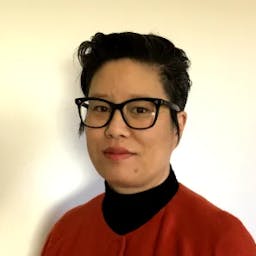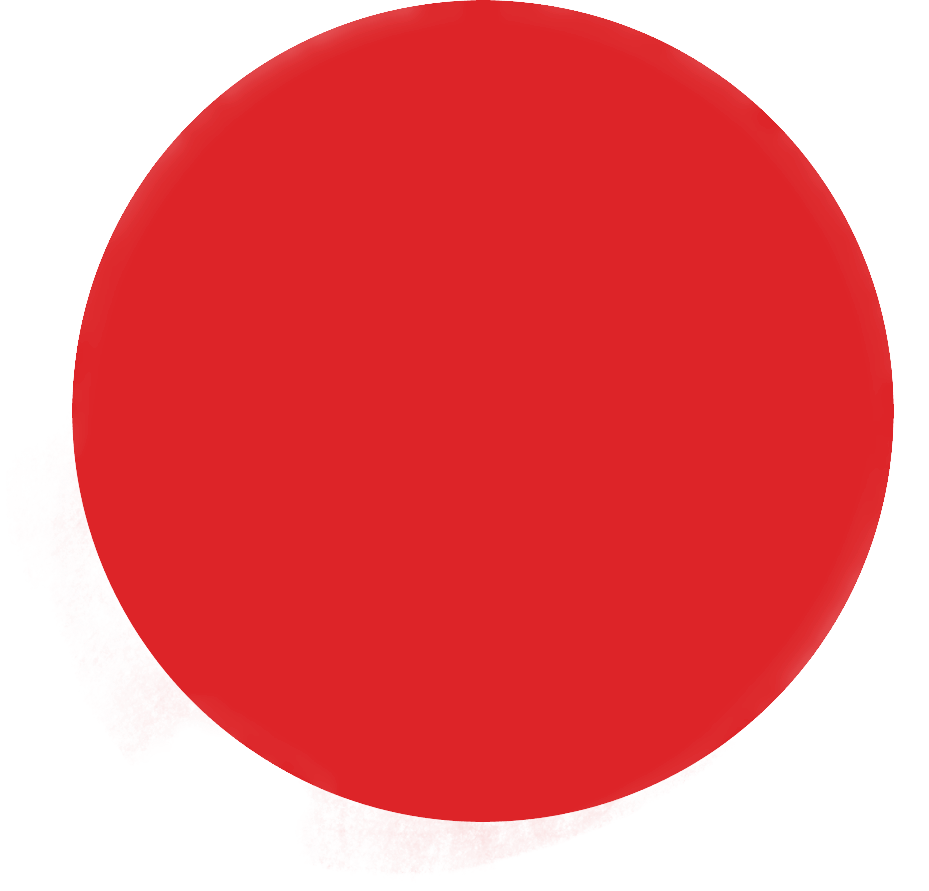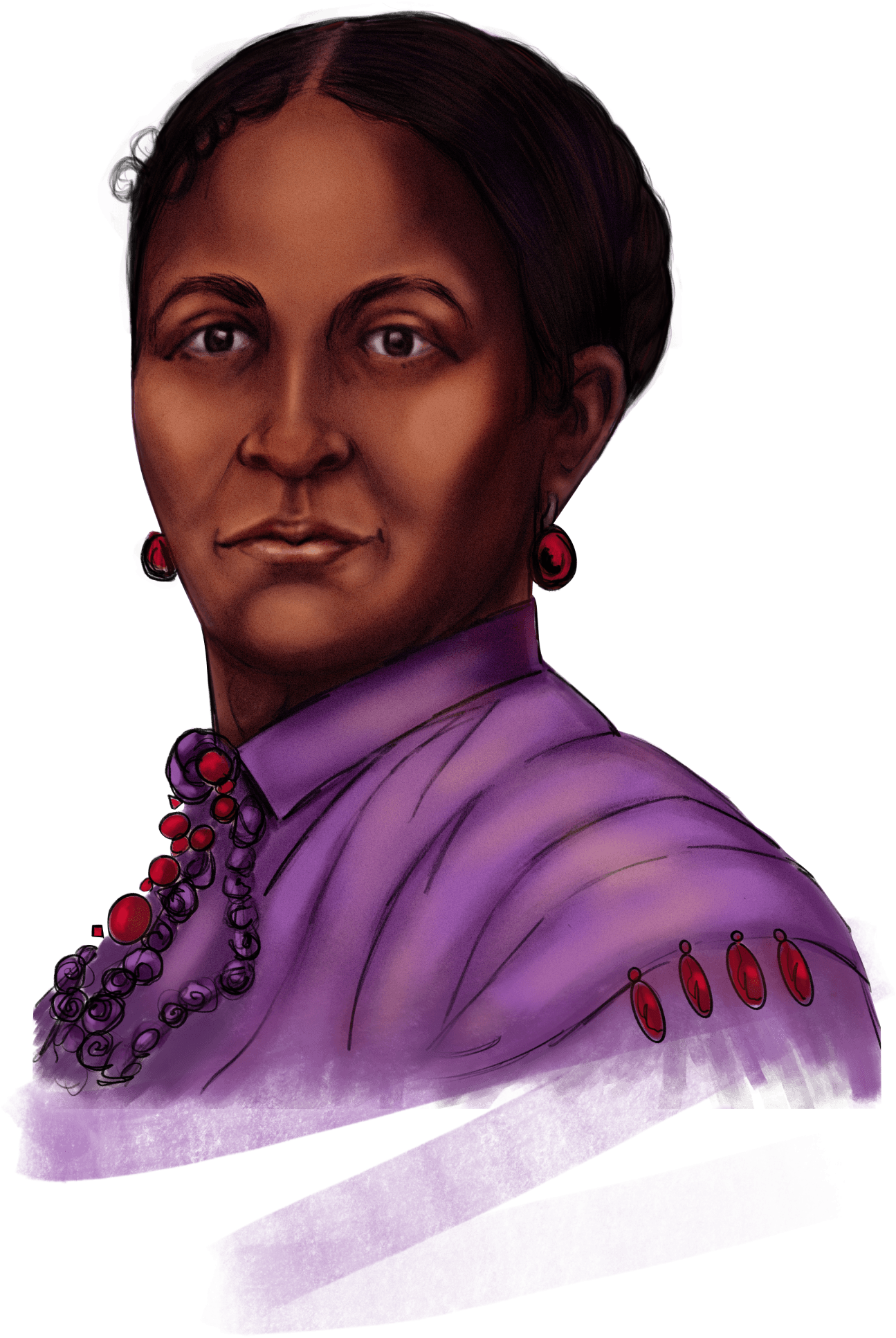Hisako Hibi
An interview with curator Melissa Ho
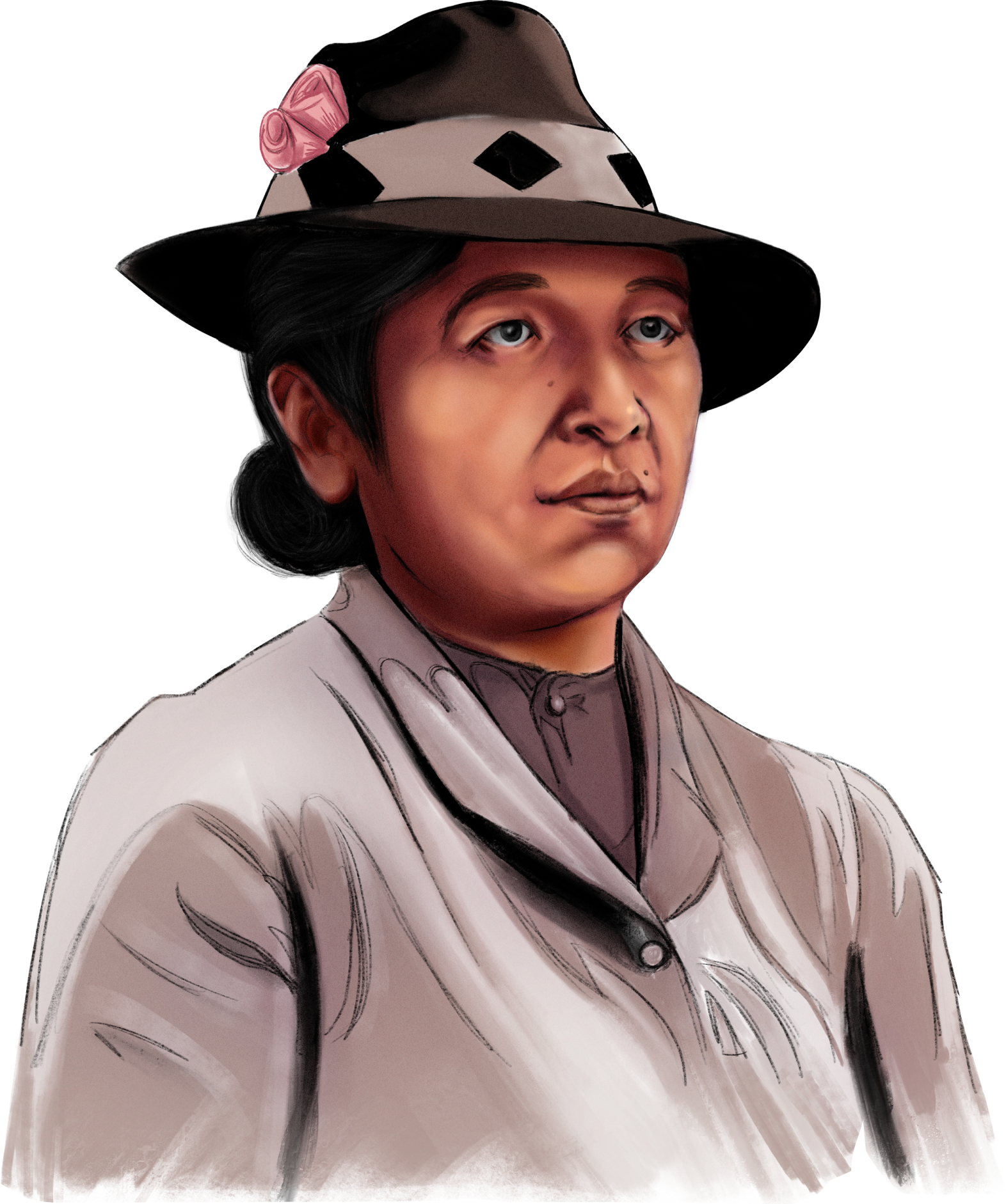
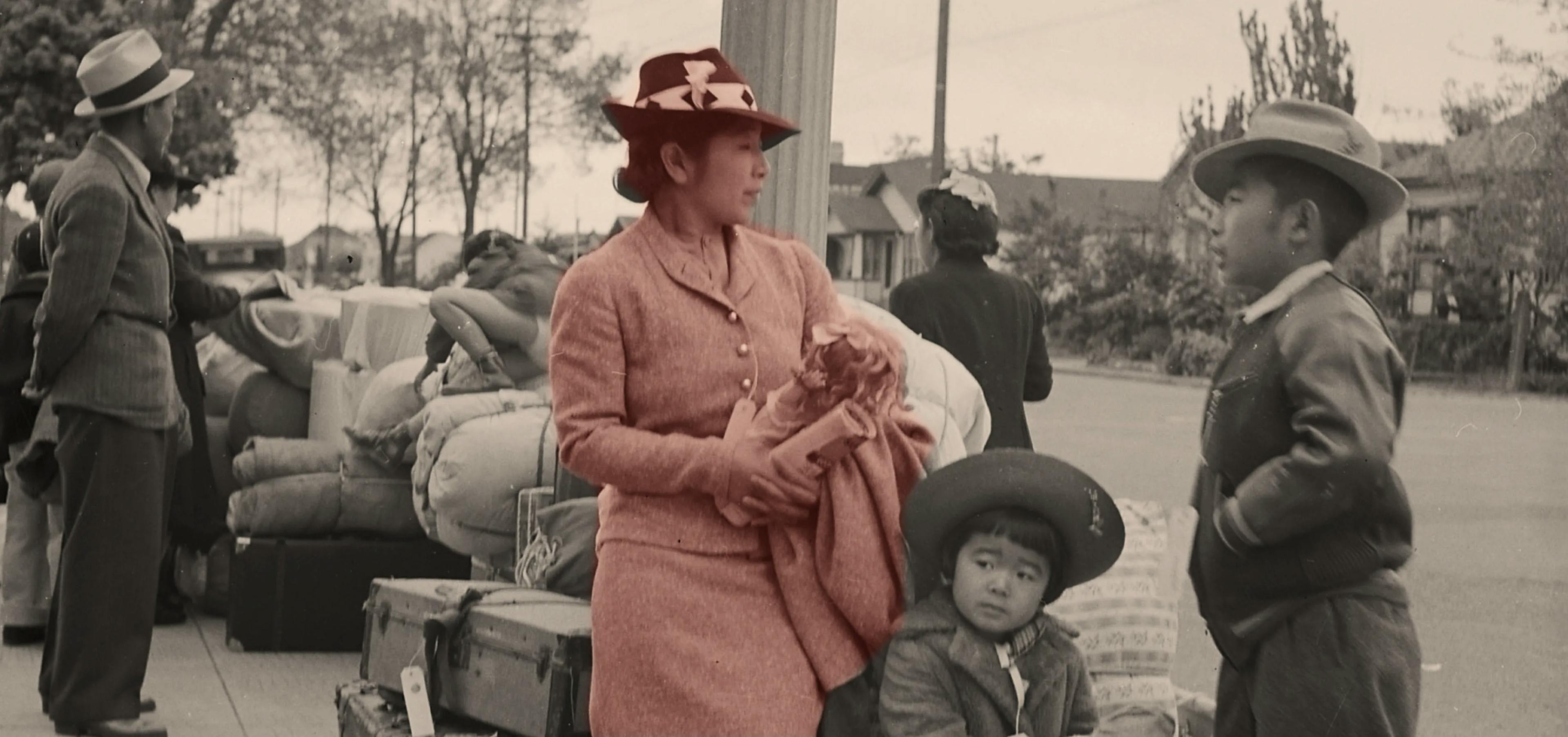
Part One
Hisako Hibi is a Japanese American artist who had a vibrant career in California, and yet her work is virtually unknown outside of the San Francisco Bay area.
She has a complicated biography because she was impacted by the Second World War and the incarceration of Japanese Americans after 1942. She and her family were incarcerated for about three and a half years, and many of these camps were located in very desolate areas. In this case, in the high desert of Utah.
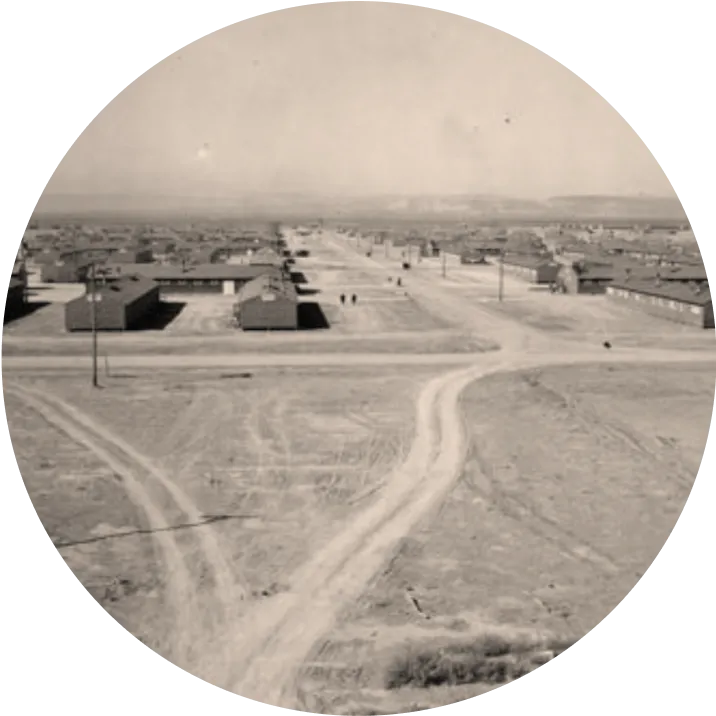
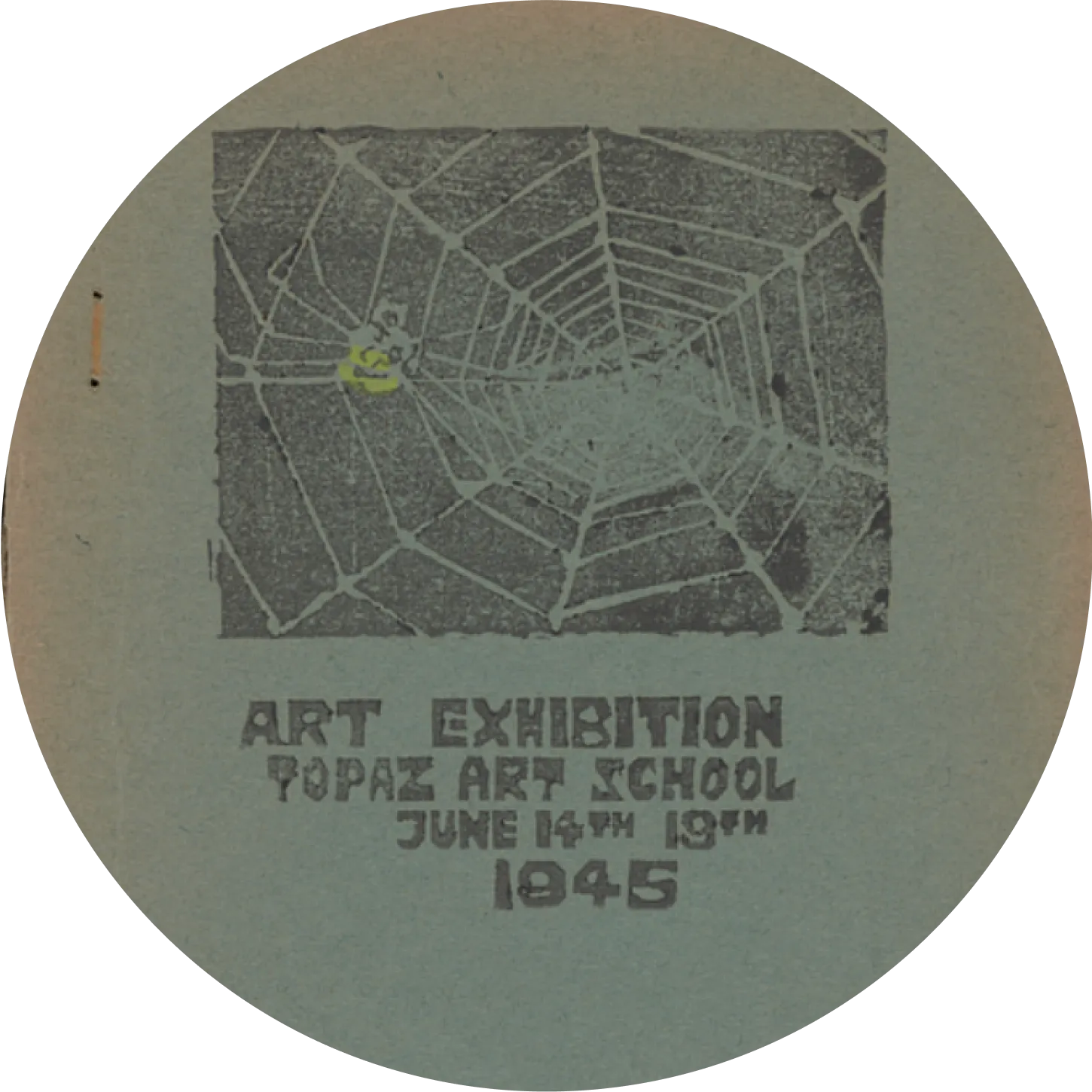
Part Two
For Hisako, ironically, her time in the camp was pretty productive as a painter. She made dozens of paintings.
So the first time that I saw Floating Clouds was actually at the apartment of Ibuki Hibi Lee, who is the daughter of Hisako and Matsusaburo Hibi; both of them were painters.
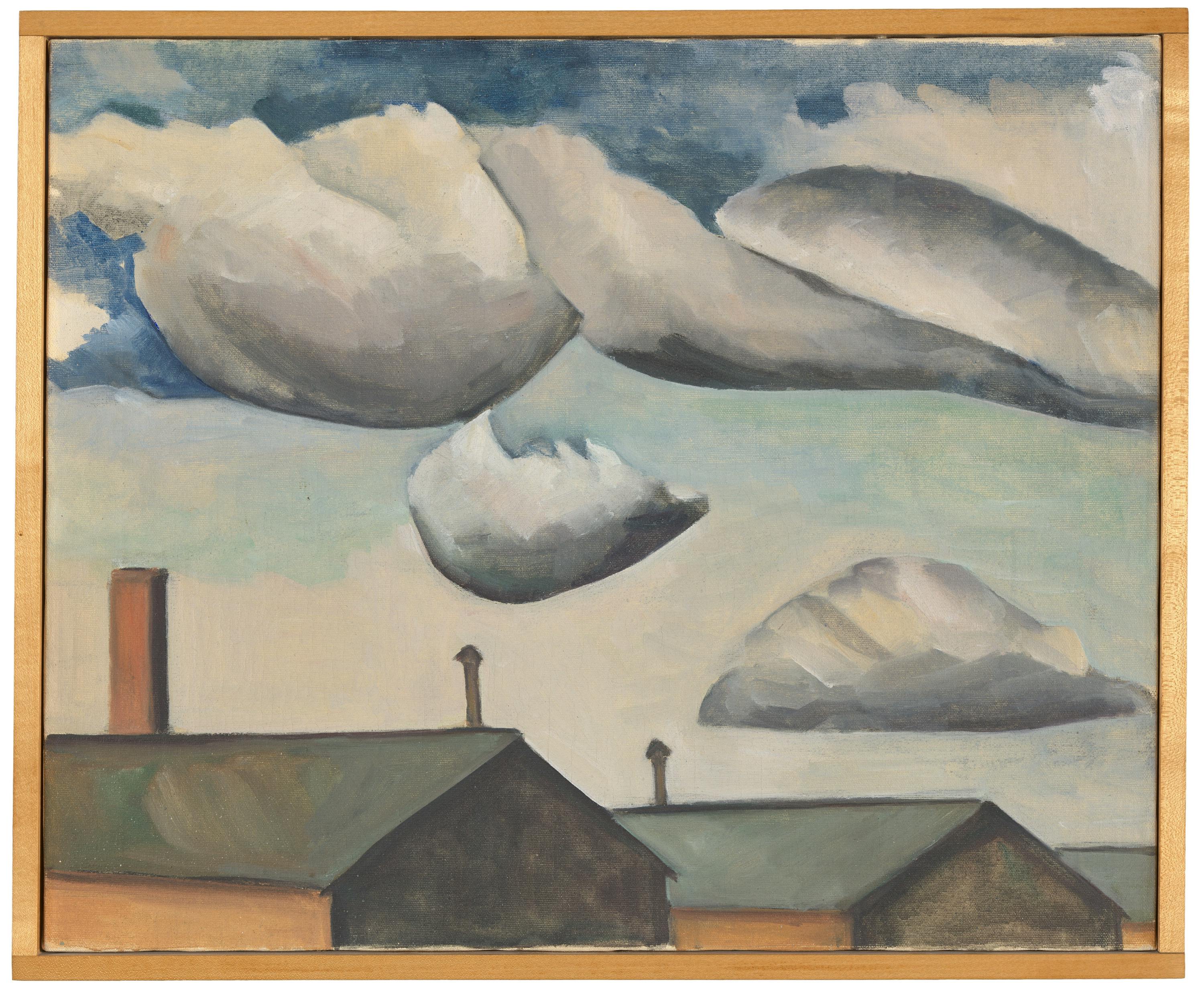
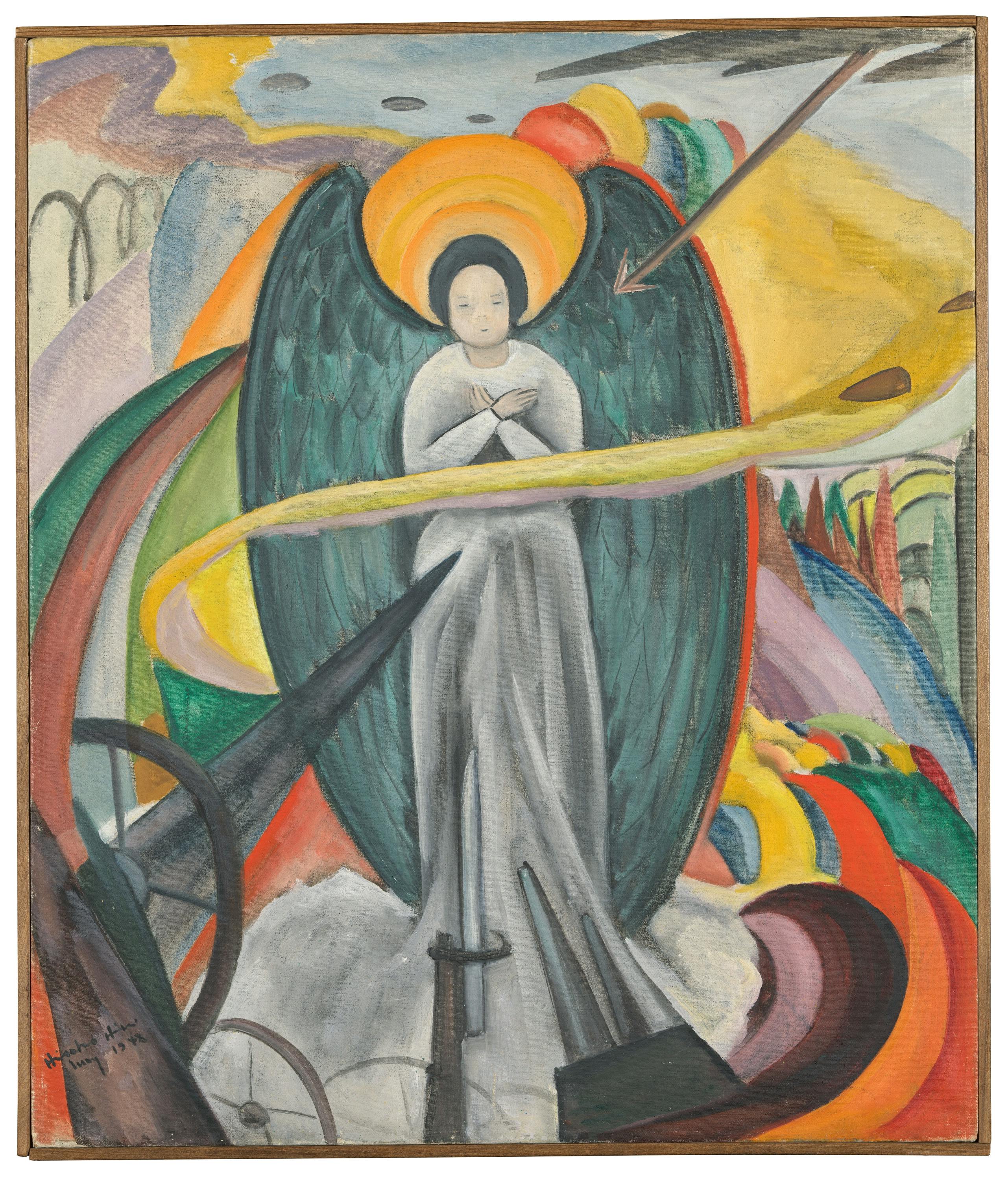
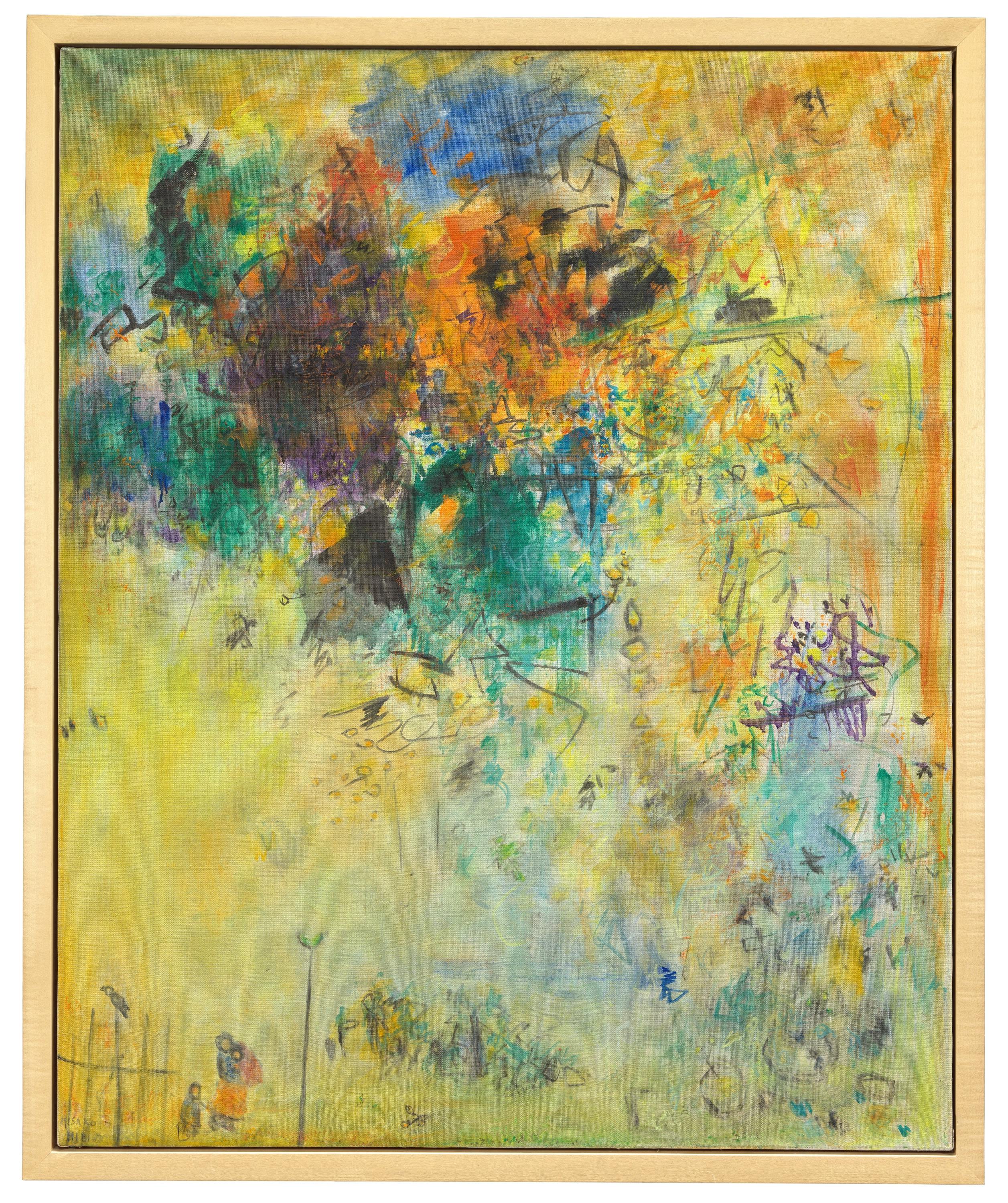
Part Three
And it’s just a remarkable piece of testimony, and also just a lyrical and astonishingly luminous work of oil painting. It’s a painting that she made while incarcerated at the Topaz camp in Utah.
And in fact, what really astonished me about this painting was when we took it off the wall, and I could see the inscription on the back that said: “Free, free, I want to be free; free as the clouds I see up above Topaz.”
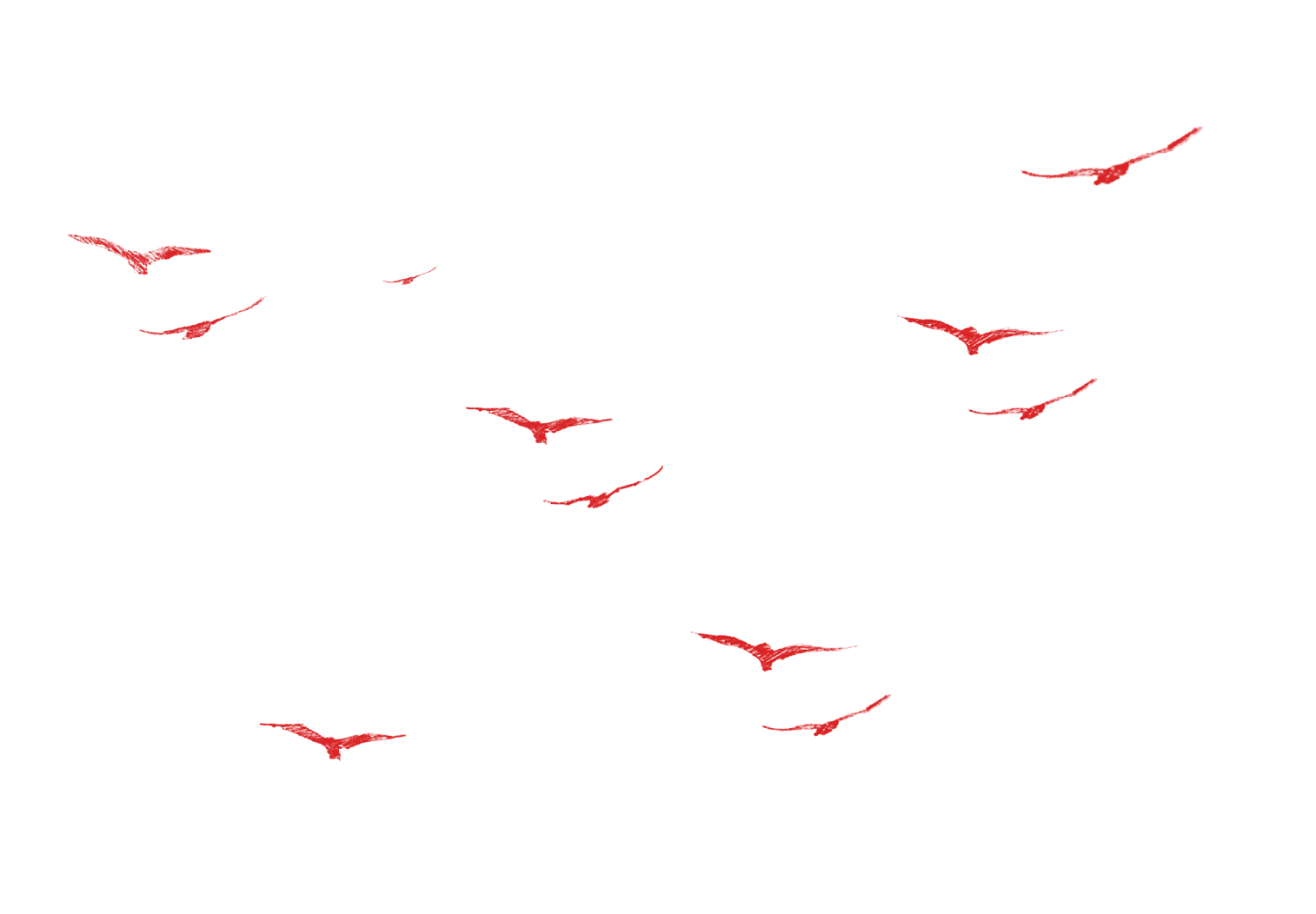
…free as the clouds I see up above Topaz.
Part Four
This metaphor of disappearing ink I think is really apt and it resonates for me, because I’ve seen it so often. I’ve been struck over and over again by how vulnerable this history is.
So, for example, with Hisako, after the executive order that made it possible to forcibly remove Japanese Americans from the West Coast, they were given about a week’s notice.
She and her husband had left a lot of paintings with a friend who was going to try to place it in places like libraries and schools. By the time Hisako comes back to California, it can’t be found, and the friend had passed away.
You see how, how fragile it is. It’s really very easy for somebody’s life’s work to sort of escape.
